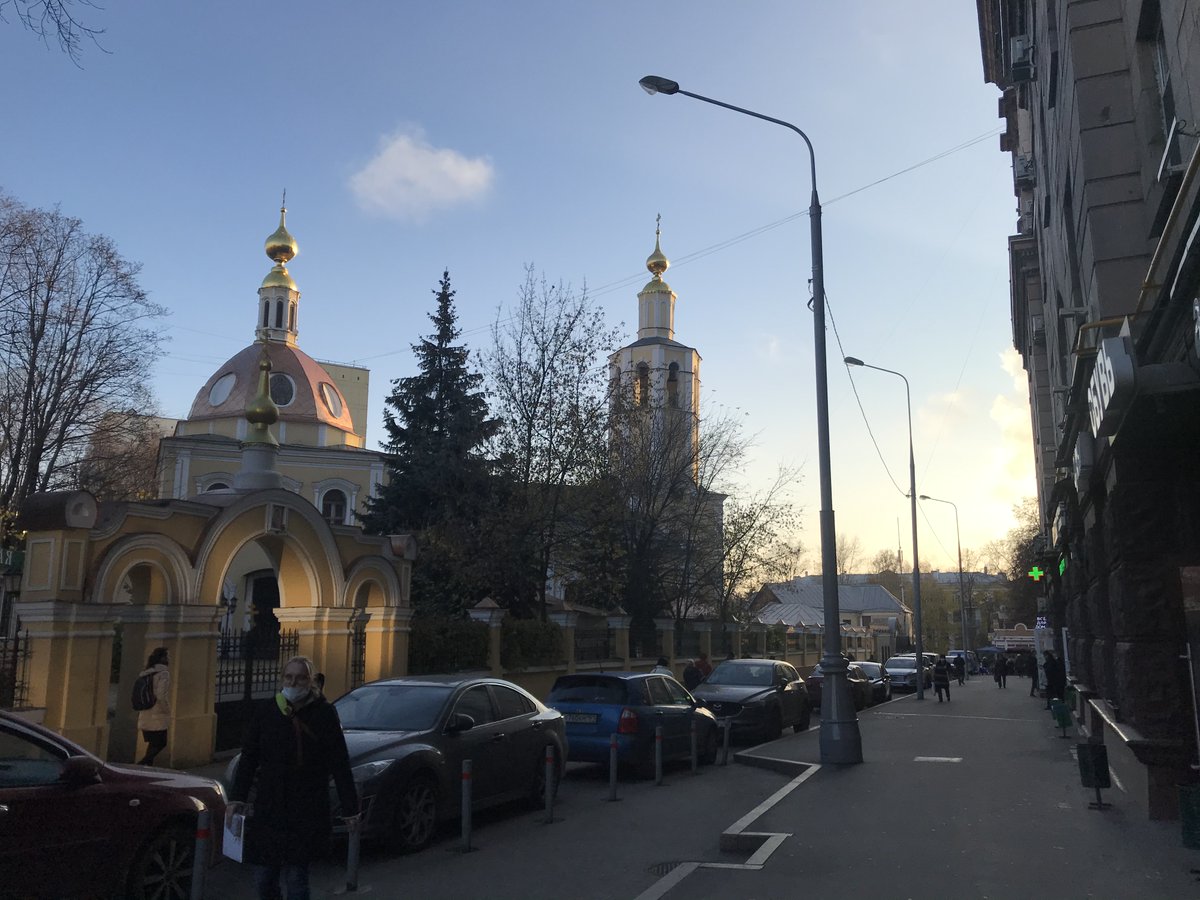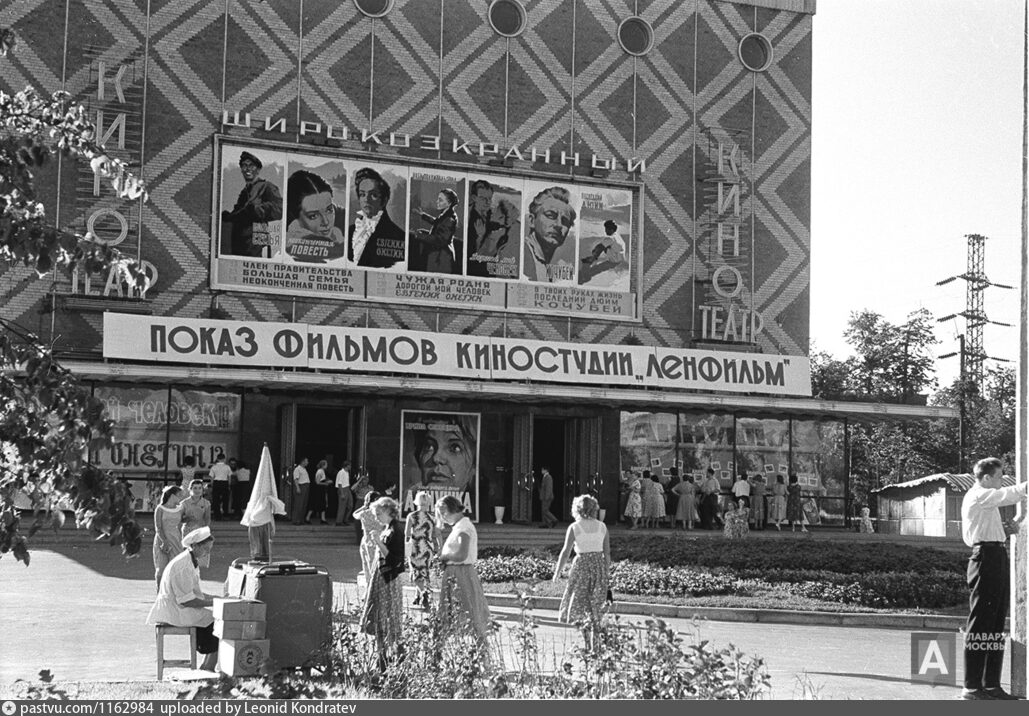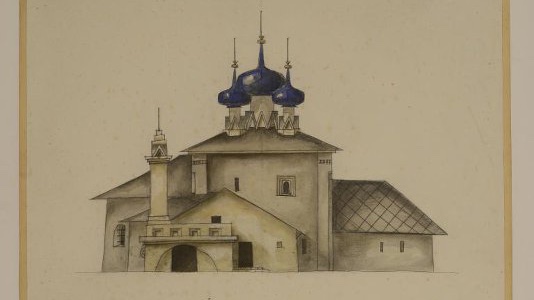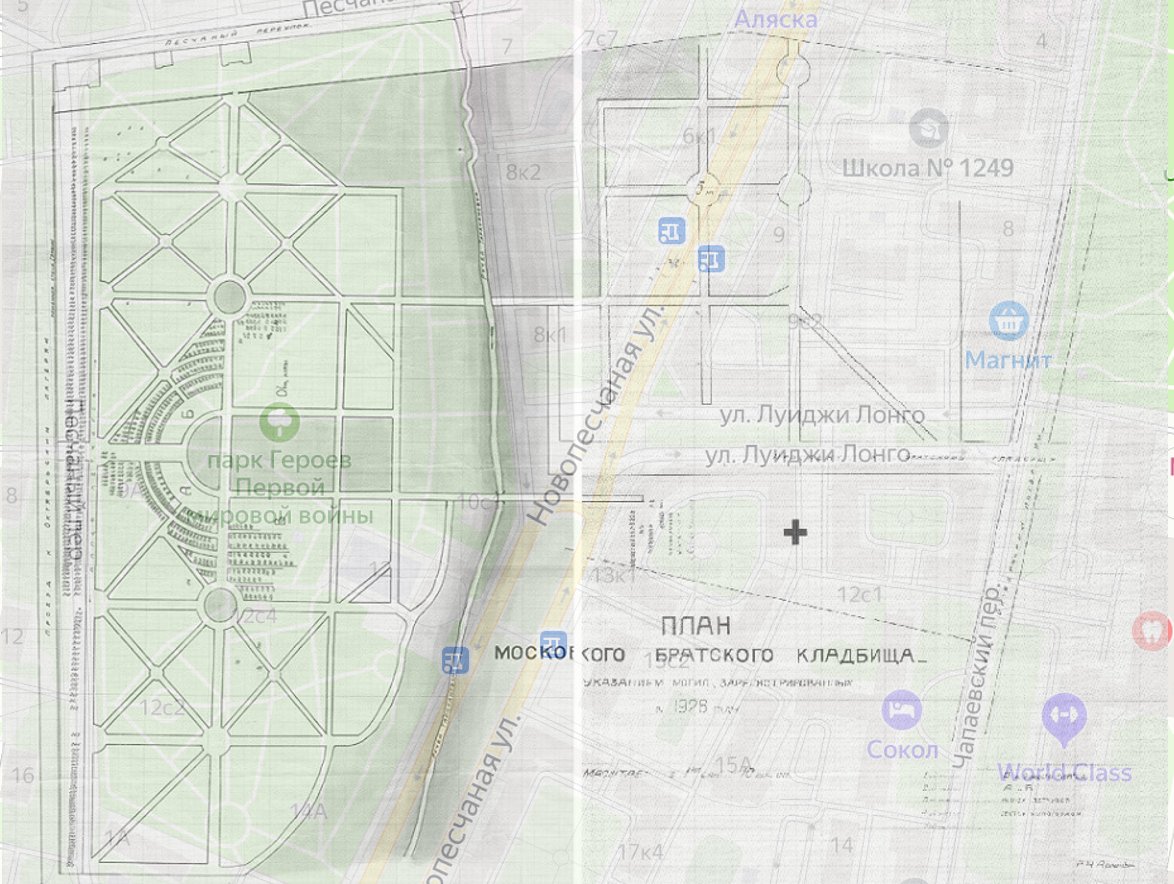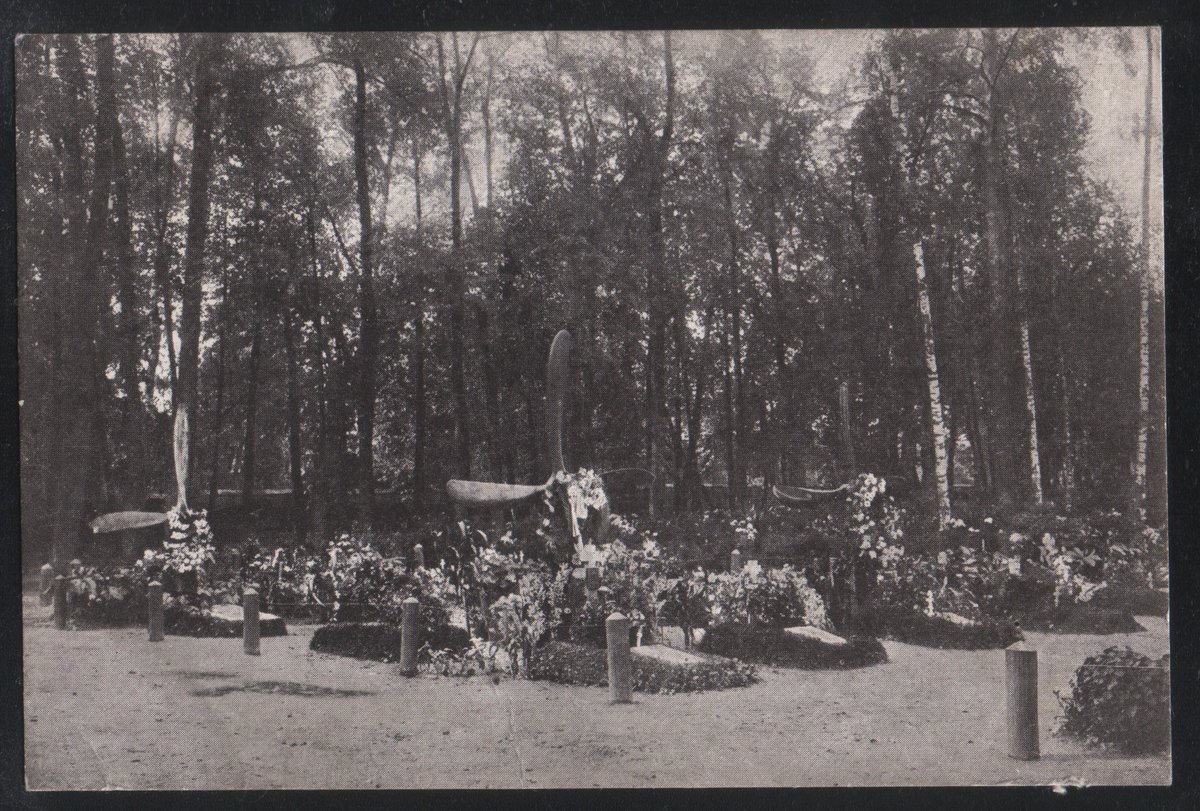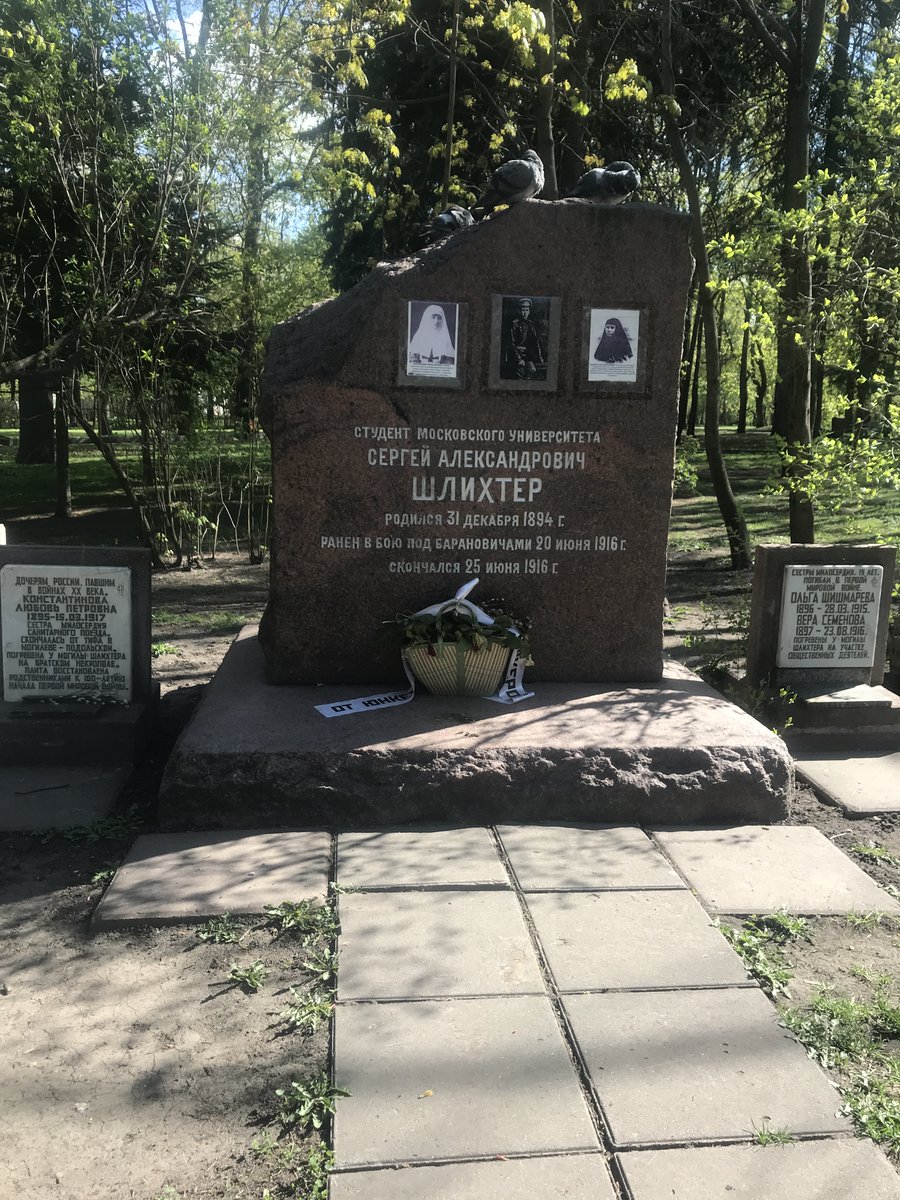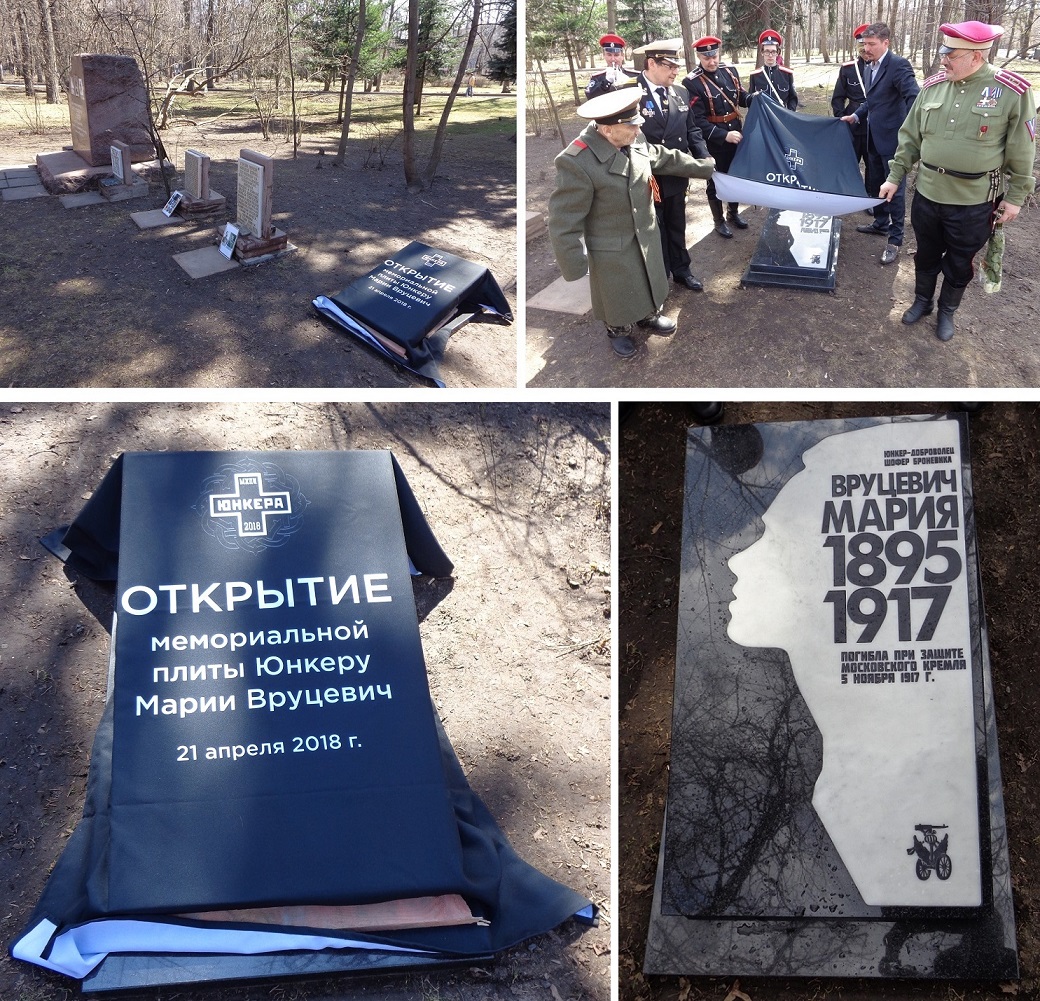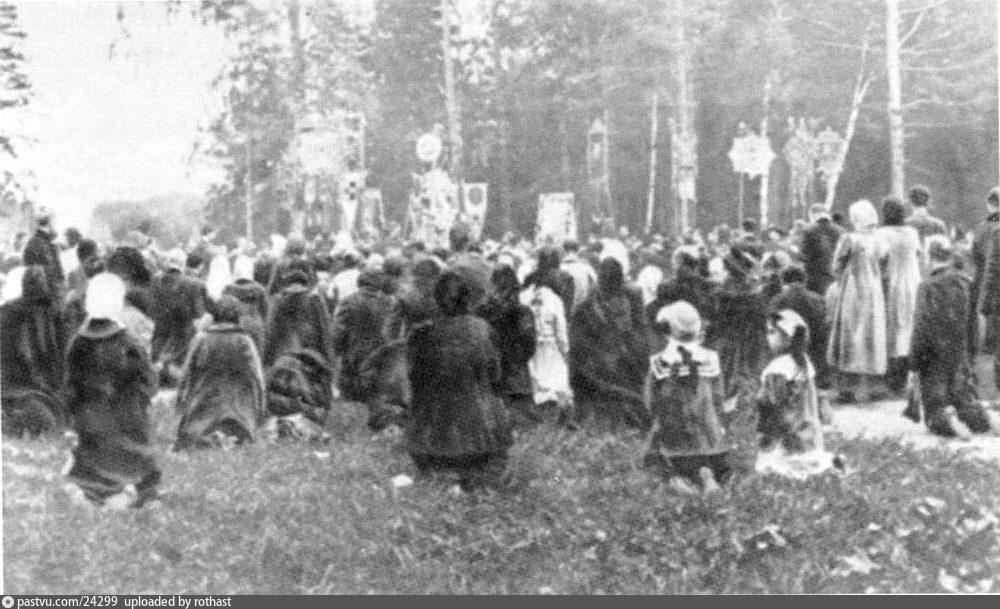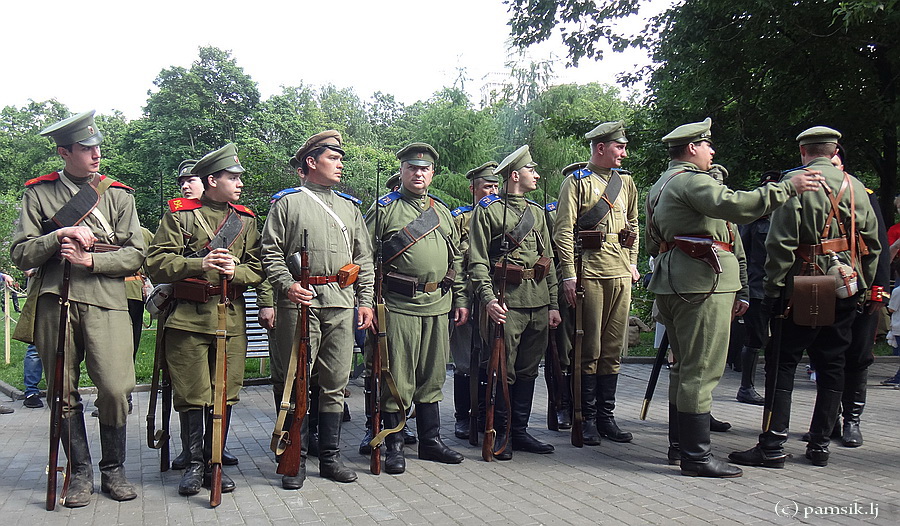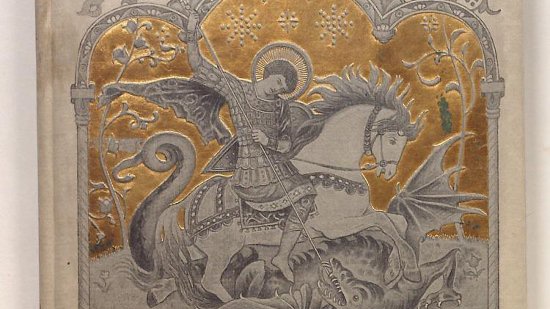I was saving this thread for Armistice Day, but didn’t have time to write it. It is the story of one of the biggest Russian #FWW military cemeteries. Founded in 1915, it was the final resting place for 18000 soldiers and nurses and doctors who died in Moscow military hospitals.
It was called Moscow Fraternal Cemetery and was located in the north of Moscow, in what used to be Vsekhsvyatskoe village (named after All-Saints church in the picture below) and now is known as & #39;Sokol& #39; district.
In 1950s the cemetery was turned into a park that is currently known as ‘Leningradskiy’ park, named after a cinema theatre ‘Leningrad’ built there in 1953 (currently closed, but the building is still standing).
Despite growing up in the area and hearing from older relatives that there used to be a cemetery there, it never never clicked for me that it was in fact #FWW military cemetery until I actually began studying the conflict in 2013.
Apparently when parts of the cemetery were being destroyed to build new shiny Stalinist apartment blocks in 1950s, local boys used to find sculls on the ground, put burning coals inside the eyelids, raise them on the sticks to scare girls and random passers-by.
The cemetery was created in 1915 and funded by Katkov’s family who lost two sons on the Feast of Transfiguration day of 6 Aug 1914. They also commissioned Transfiguration Church to famous Moscow architect Schusev that was built in 1918 (closed in 1930s, destroyed in 1940s).
This is my best attempt to lay the actual map of the cemetery on the modern map of the area. You can see that the biggest and oldest part of cemetery actually survived as a park.
By modern estimates there were 17,5 soldiers, 500 officers, 51 nurse and 14 doctors buried at the Moscow Fraternal Cemetery in 1914-1917. Moreover, in 1918-1920 the Bolsheviks executed an unknown number of & #39;counter-revolutionaries& #39; as a part of ‘Red Terror’ policy
The nurses and doctors were buried in a special plot at the cemetery as well as the aviators, who had propellers put in place of headstones.
In 1932 all the headstones at the cemetery were destroyed (the graves remained there until 1950s). All apart from one - student Sergei Schlikhter, son of Aleksandr Shlikhter, Bolshevik commissar of Food Provision.
Some headstones were recovered in the past few years - including that of Maria Vrutsevich, female junker (student of military school) who died in 1917 defending Kremlin from Bolsheviks. Local Junkers reenactment group played a big role in this.
Source: http://livinghistory.ru"> http://livinghistory.ru
Source: http://livinghistory.ru"> http://livinghistory.ru
After the cemetery was created in 1915 it became a place of public display of grief: hundreds of Moscow residents showed up for memorial services on site. This practice, however, disappeared quickly after 1918.
Today the cemetery has seen some attention in recent years. In 2014 the remains of the Great Duke Nikolai Nikolaevich, the Supreme Commander of the Russian Imperial Army, were transferred to the park. In 2014 and 2017 the park also was the site of #FWW reenactment shows.
In 2015 the city was going to sell part of the park and the old cinema theatre for redevelopment. Thankfully, local people organised a conservation group that campaigned for the site to be recognised as a historical monument
They (we) succeeded, and at least for now nothing is going to be built there. Definitely not an entertainment centre with an underground parking directly under the park and remaining graves (that was initially intended).
I have a dream (that is probably a result of closely observing Western commemoration practices for quite some time) that one day there will be a memorial on the site that will have names of all 18,000 buried there (we are lucky to know their names)
And I dream that the cinema theatre will be one day a museum of the First World War, first in Moscow and second in Russia (the first was open in St Petersburg in 2014). First World War memory was not really prominent in Russia until recently.
Sources: Главное архивное управление города Москвы; Музей Москвы; Музей современной истории России; Журнал Искры; Братское кладбище в Москве, 1915-1924. Некрополь. Т.2 (М-Я) / Н.Л. Зубова и М.В. Катагощина. М: Русскiй Мiръ, 2013

 Read on Twitter
Read on Twitter
